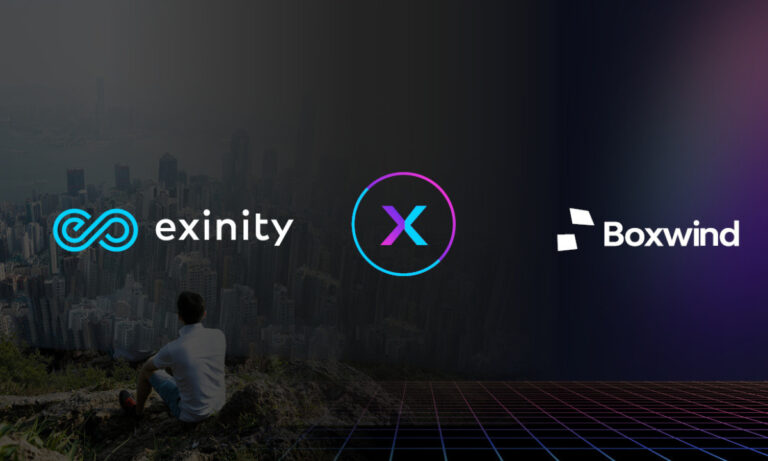Yield Farming 101: Everything You Need to Know to Get Started

- Yield farming is a process of earning rewards in the form of cryptocurrency by providing liquidity to a decentralized finance (DeFi) platform.
- Yield farming provides an opportunity for users to earn a return on their cryptocurrency holdings by providing liquidity to DeFi protocols.
Yield farming is a process of earning rewards in the form of cryptocurrency by providing liquidity to a decentralized finance (DeFi) platform. It involves lending or staking your crypto assets to a DeFi protocol in exchange for a yield, which is the return on your investment. Yield farming is typically done through liquidity pools, which are smart contracts that enable users to deposit their crypto assets and earn rewards based on the amount of liquidity provided to the pool.
How does yield farming work?
- Choose a DeFi platform: The first step in yield farming is to choose a DeFi platform that offers yield farming rewards. There are many DeFi platforms available, each with its own rewards and risks.
- Provide liquidity: To earn rewards, users need to provide liquidity to the DeFi platform. This is typically done by depositing cryptocurrency into a liquidity pool. A liquidity pool is a smart contract that holds the deposited assets and allows users to trade them with each other. By providing liquidity, users are helping to facilitate trades on the platform, and they earn a share of the trading fees as a reward.
- Receive rewards: Once users have provided liquidity to the DeFi platform, they can start earning rewards. The rewards are typically paid out in the same cryptocurrency that was deposited into the liquidity pool. The amount of rewards earned depends on various factors, including the amount of liquidity provided and the duration of the participation.
- Withdraw funds: Users can withdraw their funds and rewards at any time. However, it’s important to note that withdrawing funds from a liquidity pool may involve a penalty, such as a reduction in the rewards earned.
What can you do with yield farming?
These rewards can then be used for a variety of purposes, including:
- Staking: Some DeFi platforms allow users to stake their rewards, which involves locking them up for a period of time in exchange for additional rewards. Staking can help users earn even higher returns on their investments.
- Trading: The rewards earned through yield farming can be traded on cryptocurrency exchanges for other cryptocurrencies or fiat currencies.
- Investing: Users can reinvest their rewards in other DeFi protocols, further increasing their returns. This can create a compounding effect that leads to even higher rewards over time.
- Governance: Some DeFi platforms allow users to participate in the governance of the platform by voting on proposals or decisions. Users who hold a certain amount of the platform’s cryptocurrency or have earned a certain amount of rewards through yield farming may be eligible to participate in governance
To wrap up the discussion on yield farming, it’s clear that it can be a profitable way to earn passive income on your cryptocurrency holdings. However, it’s important to approach yield farming with caution and to do your research before investing.
Finally, yield farming is just one aspect of the rapidly evolving world of DeFi. As the industry grows and develops, there will undoubtedly be new opportunities and challenges to navigate. Stay informed and stay curious.











+ There are no comments
Add yours